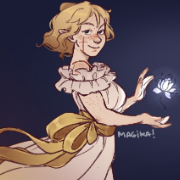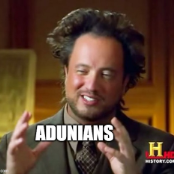-
Popular Topics
-
Topics
-
Recent Status Updates
-
Options
Options
-
Tried to play tonight and found out I got a two-month ban back in March for making fun of degenerates (wheelers) on the forums with an edited version of the "kill, behead, roundhouse kick" copypasta. Moderation in this server is a joke, and actively protects these predators. I'm done with this cesspool.
-
what are some quirks, fun facts, or other things your character has/can do that you never get to share or emote in rp?
-
this is just a thought idk if anyone else agrees... but my fav type of woman archetype is the woman is strong through her femineity, rather than being strong due to being more masculine.
No Recent Status Updates -
Options













Recommended Posts